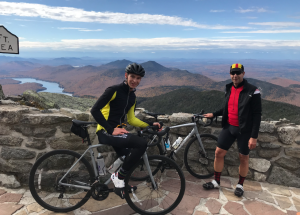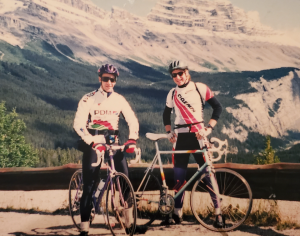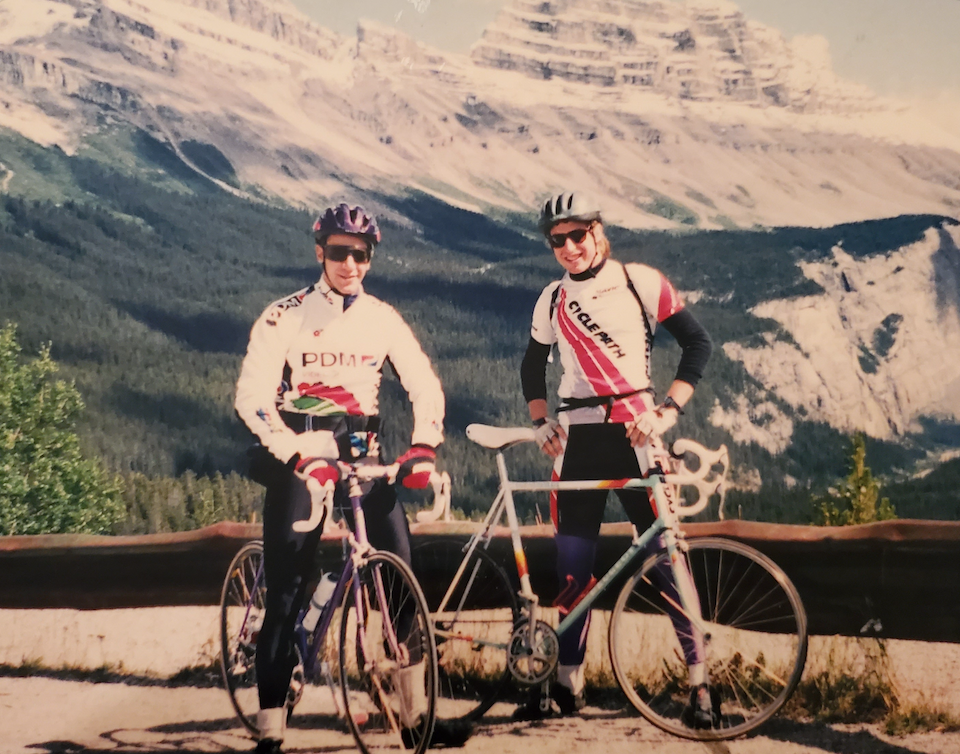Let’s talk about healing scars.

As a plastic surgeon, I’ve spent a fair bit of time answering questions from patients about their surgical procedures. What will it look like? How long will it last? Will it hurt? How much time do I need to take off of work?
At this point in my career, I can say with certainty that the questions I have answered more than any others are about scars. Will there be a scar? How long will it take to fade? Will it be invisible? What can I do to make the scar look better?
Given a recent scar-related event in my own life, I thought I would take the opportunity to talk about scars in a way that I hope will make sense.
My own scars
Those of you who know me, know that I’ve been an avid cyclist for most of my life. I have ridden for pleasure. I have ridden bikes to raise money for charity. I have raced bikes. I have ridden hundreds of kilometers in a single day. I have ridden bikes thousands of kilometres on multiple continents. And, depending on who you ask, there are currently way too many bicycles in my garage.
Part of being a cyclist involves the occasional crash. Over the years I’ve crashed more times than I care to remember. Two memorable crashes resulted in broken collarbones. The first time was my left collarbone back in 1999, while I was a plastic surgery resident completing my master’s degree at a lab at the Hospital for Sick Children in Toronto. The second time was my right collarbone just about 10 weeks ago in August of 2021. (So so sorry to those of you whose surgery got cancelled in August and September?)
Both of my broken collarbones resulted in surgery to put plates and screws in my bones.. Both of those operations were completely successful, and both left scars along the skin overlying my collar bones.
One recent morning after my shower I was standing in front of the mirror shaving and getting ready for another day in the operating room. I just happened to glance at my scars. I had no trouble seeing the scar on my right shoulder as it was only about 8 weeks old. There it was; red, prominent, angry-looking. But the older scar on my left shoulder was essentially impossible to see.
So what’s the difference? Was one surgeon better than the other? Were different stitches or suturing techniques used? Did I use Vitamin E or Bio oil on one scar, and silicone scar gel on the other? What could possibly explain the fact that the longer scar is essentially invisible and the shorter scar looks like it was made by a fire breathing dragon?
The truth about scarring: give it time!
Of course there are some surgeon and patient factors that influence the cosmetic outcome of a surgical scar. Excellent surgical technique matters. So does the selection of which stitches to use and when to take them out.
How a patient takes care of their surgical scar matters too.
- The scar should be kept clean.
- Dressings should be changed regularly.
- Smoking cigarettes slows wound healing and can cause some serious scar disasters!
- Staying out of the sun and using sunscreen on the scar is very important. Scars also really love topical silicone gel or
tape, as well as regular firm massage to help smooth them out.

While all of the previously mentioned factors are really important, there is one factor that outweighs all of them. The answer to the mystery of the faded scar on my left shoulder can be found not in a tube of silicone scar gel, but rather in the calendar. The best way to get a surgical scar to look really good is simply to leave it alone for a few months and years. All scars get better with time. As I tell every single patient when discussing scars, it is the passage of time and Mother Nature’s magic that makes scars look good.
So patient and surgeon factors together do have an important role to play in beautiful surgical scar healing. But time — and lots of it — is by far and away the most important element of good aesthetic scar healing.
So if you want great scars, choose your surgeon wisely. Follow all scar care instructions you receive. Keep your scar out of the sun, and then be patient, very very patient.

